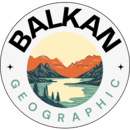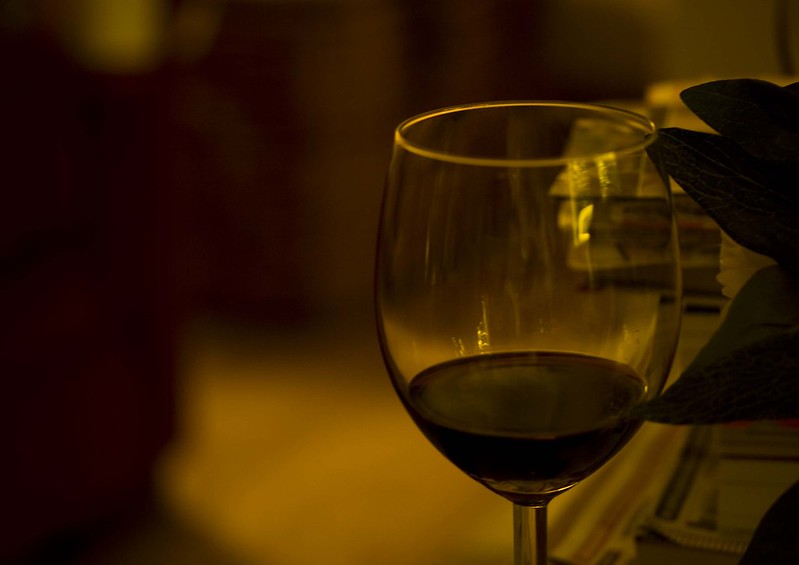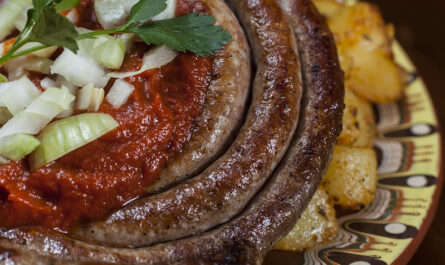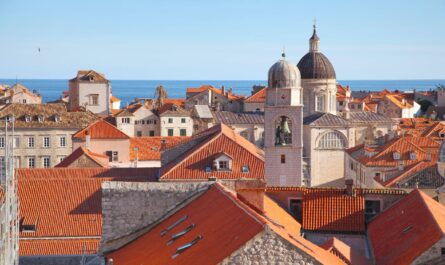Serbia is a country that is located with in the heart of the Balkan Peninsula. It is well-known for its diverse culture and heritage. Among its numerous cultures, viticulture is the one that stands out as the ever-evolving industry. Serbian vineyards tend to offer an extraordinary amalgam of winemaking traditions along with innovative and modern methods. This ends up in the production of wine that is gaining recognition all around the globe.
Historical context
Archaeological evidence has proved that winemaking was practiced in this specific area as early as the 3rd century BC. The fertile soil and ideal climate conditions of the Balkans was much appreciated by the Romans. Therefore, the Romans potently contributed in the development of viticulture in this region. In addition to this, the Ottoman rule and the fall of the Serbian Despotate, dating back to the 15th century, influenced the viticulture however, the tradition persisted.
The contemporary era of Serbian winemaking began in the 19th of century. This accompanied significant advancements in the viticulture techniques. A significant turning point was in 1882 when the Zemun Agricultural School was established. The agricultural school provided formal oenology. This was followed by the chaotic 20th century characterized by the political upheavals and two World Wars. These events posed difficulties and challenges for the wine industry.
Moreover, the post-communist era was known for a resurgence in the Serbian winemaking. The main focus in this period was on innovation along with quality.
The Key Wine Regions
Serbia’s geography and suitable climate provides an ideal condition for the viticulture. It has numerous key wine regions, each offering distinct characteristics.
- Timok
Timok is situated in the eastern Serbia. It is a region known by its diverse microclimates along with a fertile and mineral-rich soil. The region famously produces red and white wines. It has grape variants such as Rkatsiteli and Vranac being the most popular. One town in specific, located in the valley of Timok named as Negotin, has an extensive history of winemaking. It is also a home to some of the Serbia’s most ancient vineyards.
- Vojvodina
Vojvodina is in the northern part of Serbia. It has fertile plains and a continental climate. This region is also very widely known for the production of supreme quality white wines. The popular grape varieties such as Chardonnay, Sauvignon Blanc and more, are high-quality wines. Fruška Gora is a sub-region that has an ancient history of winemaking. The slopes of Fruška Gora provide wines with elite mineral flavors.
- Metohija
This makes the southwestern part of Serbia. It has advantages from a Mediterranean climate conditions i.e. hot and dry summers to mild winters. This region is known for its sturdy red wines specifically from the Vranac grape variant. The center for viticulture is a town named Peć.
THE WINE TASTING EXPERIENCE
Wine tasting experience in Serbia extends beyond the sensory occurrence. Rather, it is a submergence in the country’s historical tapestry and rich traditions. Serbian vineyards extend a warm welcome to the visitors along with an opportunity to delve into the styles and diverse flavors of the Serbian wines.
Some key points of the wine tasting experience in Serbia include the following:
- Tours of the vineyards
Numerous wineries in Serbia offer guided tours. They provide an extensive and in-depth understanding of the viticulture practices. The tourists get to learn about the soil composition, grape varieties, and the effect of climate on the production of wine. In addition to this, the guides also provide insights into the history of the region.
- Tasting sessions
This session showcases the quality of local wines. The guests are given the opportunity to taste a variety of wines, from whites to reds and roses to sparkling wines. The tasting sessions are followed by in-depth explanations of the wine’s characteristics along with the suggested food pairings. The focus remains on savoring the aromas along with flavors while questioning the winemakers.
- Food pairings
A very common trend in the Serbian wine tasting experience is the food pairings. This provides a link between the local cuisine and wine. Some common dishes served with the wines include cheeses, pastries, and cheeses. These pairings make the tasting experiences memorable. Moreover, to add an authentic touch to the experience, locally sourced ingredients and recipes are used.
- Wine cellar visits
Wine cellar visits are also an important part of the wine tasting experience without which, the experience remains incomplete. Wine cellars are located underground therefore, providing ideal conditions to the aging wine. Visitors are allowed to explore the cellars and get to observe the aging wine. One may find rows of oak barrels and bottles carefully stored in the wine cellars.
he main tastings are carried out in the cellars. This provides the visitors with an experience to sample wines from the bottle or the barrel.




